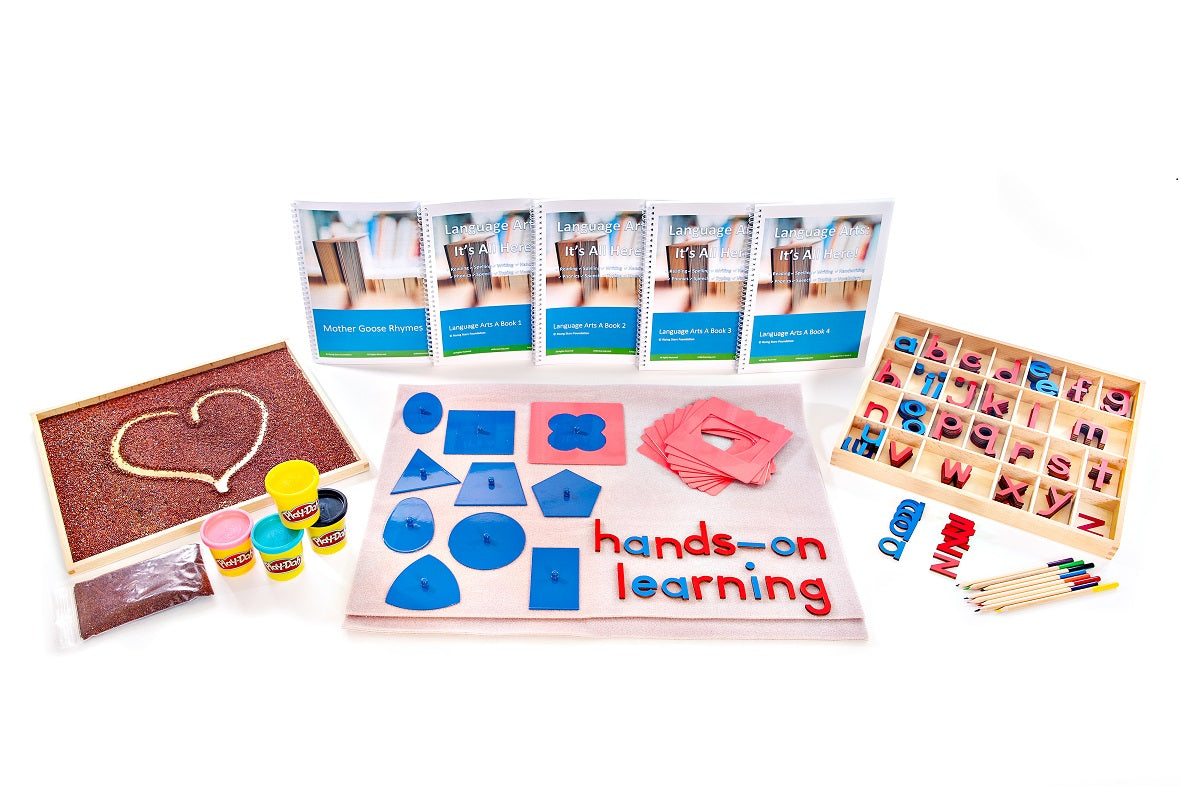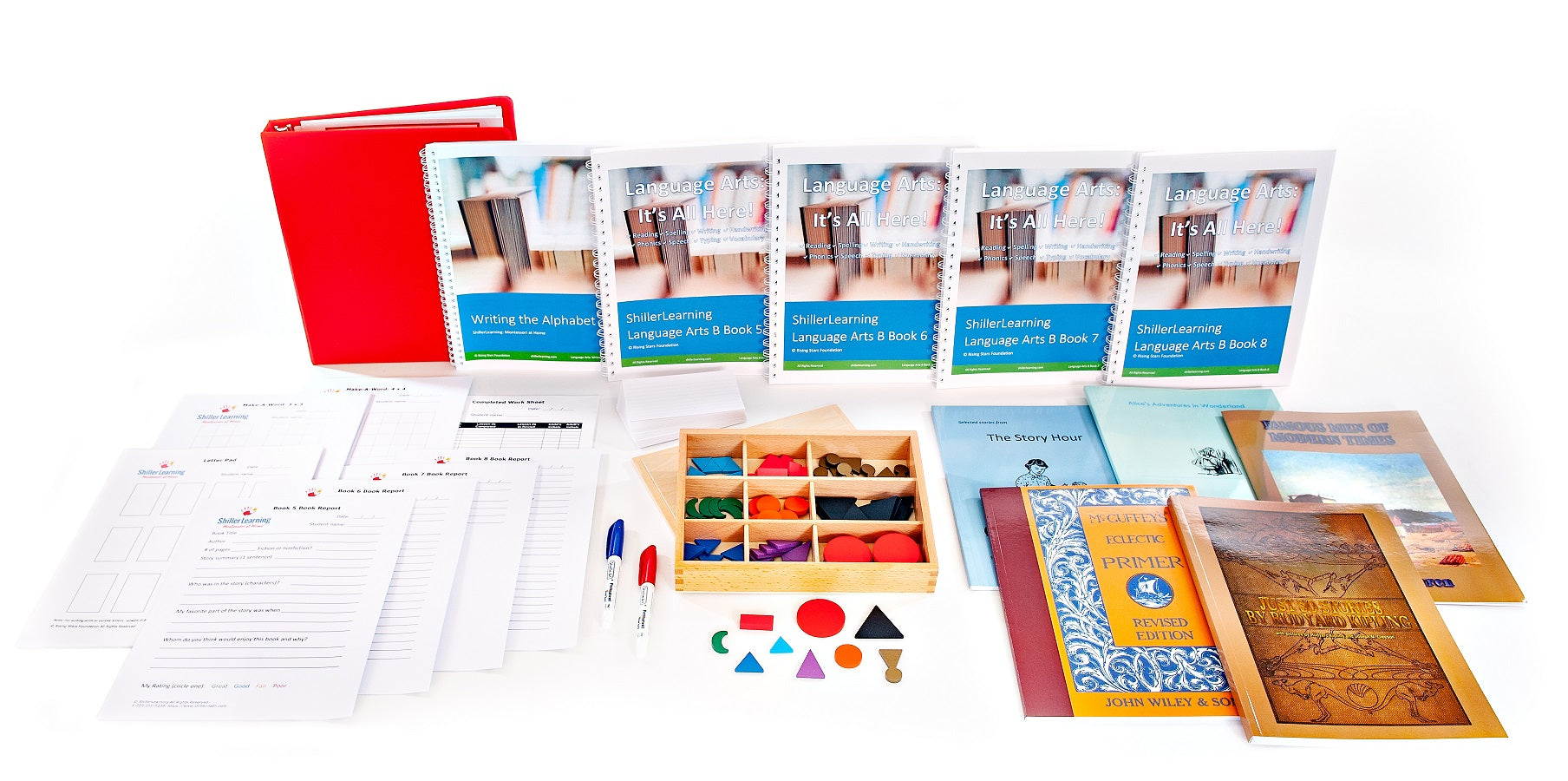5 Reasons Homeschool Families Love
Read-Alouds - and You Will Too
I can still see my dad sitting on the side of my bed reading from the hardback Reader's Digest collection of fairy tales, one of my favorite Christmas gifts. At other cherished moments, my mom read with me at the kitchen table or in the rocking chair wrapped in the afghan crocheted by my grandmother and Aunt Alice. Decades later, those read-alouds are some of my favorite childhood memories.
5 Reasons Homeschool Families Love Read-Alouds
Now that stay-at-home orders and social distancing have canceled classes, co-ops, and activities, families have some extra time at home. It's a perfect opportunity to read together. Read-alouds make for memorable family time while building relationships, reading skills, and a love for literature all at the same time.
If you are new to homeschooling, read-alouds are a great way to get started.
Here are five benefits of read-alouds that will have you including the activity in your homeschool - whether you are quarantined or not!
1. Literacy Skills
Read-alouds are one of the most effective ways to advance your child’s literacy skills. The best time to start reading to your child is from the very beginning when he or she is a baby, but it's never too late to start.
Creating a daily family reading habit gives your child a boost over his or her peers. If you start at about six months (I started earlier than that!) and read just one book per day to your child, he or she will have been exposed to about 1,600 books by kindergarten.
Start with cloth books for babies – they hold up to chewing, board books and picture books for toddlers, then the library is your oyster! As little hands are ready, involve them in page-turning. Once your child is a toddler, move your finger along underneath the words as you read. This can help to train the eye-tracking to be from left to right. Both help the physical mechanics of reading to become second nature by the time your child is ready to learn to read.
2. Build Extended-Family Relationships and Reading Comprehension
Grandparents, aunts, uncles, cousins, etc. can be included in the actual sit-down-to-snuggle family reading time - what a special way to nurture familial bonds. Social distancing keeping you away from loved ones? An extended family member can help make the reading selections. This can be an avenue for loved ones to share interests, history, and even family stories. The love of both literacy and family will blossom.
Maybe grandpop can send a favorite book to the family from across the country and discusses the story via phone or Zoom. Or when libraries re-open, grandmom takes the kids to the library to choose books, then the kids can share about the story on their next visit. In addition, to the usual family conversation natural to read-alouds, these extended family discussions will help refine reading comprehension and story-telling skills. As a bonus, family reading time becomes associated with special relationships.
3. Competency and Closure: Organic Recognition of Words
You may have seen some of the writing or workshops that Larry Shiller has done on "Lesson Outcomes" and "Competency and Closure". If not, you’ll want to add that to your read/watch list. Closure is when your child is ready to move on from something. ShillerLearning recommends allowing your child to repeat an activity over and over until they have closure on their own terms. Kids are always happy to let us know when they are ready to move onto the next thing.
It’s not just for activities and lessons; the same is true for books! If your child would like you to read the same book to them 300 out of 365 days this year. That's great! (really)
Many years ago as a first-time mom, I thought my child was reading by age one. He could recite entire books word for word, page by page. They were books he loved. Turns out he wasn’t reading, but he had developed a love for reading. Not every child is going to memorize entire books, but in rereading, they will memorize favorite passages.
Eventually rereading leads to recognizing words, often without even consciously trying. It leads to an understanding of what fluent reading should sound like. Add phonics to that and watch them take off.
4. Greater Vocabulary Comprehension
Time spent reading together as a family is a long-term investment in vocabulary exposure. The reading selections in ShillerLearning Language Arts Kits A and B were made with this in mind. Family reading time gives children the chance to ask questions about words they don't understand, which leads to more effective reading. This is important for both beginners and experienced readers.
Vocabulary is an important (sometimes overlooked) pre-reading skill. Children with limited vocabulary have more challenges learning to read. Children need to understand most of the words they are trying to decode in order to comprehend the story. You can see how having been exposed to about 1,600 books before kindergarten comes in handy when developing a rich vocabulary!
Get excited when your child discovers an unknown word. Pause in the reading to see if the meaning can be discerned from context clues. If you have multiple children, and one knows the definition, encourage them to share their understanding of the term. Then, either during or after reading time, look it up in the dictionary. You may wish to keep a list of new words and their definitions for each book.
Literature is one of the best ways for your child to build vocabulary and become proficient in using a broad vocabulary in both speaking and writing.
5. Read-Alouds Are for All Ages
Family reading time does not have to stop once your child is an independent reader or even a teenager! Homeschool parents want to help their children develop a lifelong love of learning and reading. Continuing to read aloud with your children furthers that goal, even once they read independently and yes teenagers.
Try having the kids take turns reading paragraphs or chapters with you.
As your child moves into middle and high school, family reading selections could be on lifestyle, faith, or travel. You will find reading topics that the family can still enjoy reading and discussing together. You can also move into a book club model as the family ages. Pick a book to read independently and meet to read aloud favorite passages, discuss, or do book-related activities.
Family read-aloud time periods may shorten or become less frequent as children come of age, but don’t completely toss it out. You may find it a lifelong way of promoting the love of literacy and family.
Global pandemic aside, we are homeschooling in a fabulous time. We have endless options for homeschool curriculum, homeschool conventions, homeschool co-ops, and classes galore – gym, art, fencing, robotics, science, cooking, ceramics, contortionist (we were about to join one as COVID-19 hit), golf, writing, woodworking, falconry, archery, and list goes on.
The day will come when you return to a normal homeschool schedule. When the whirlwind returns, continue to carve out time for reading together.
Do you have a list of your favorite books for the family? Let us know about it so we can add it to our list.






